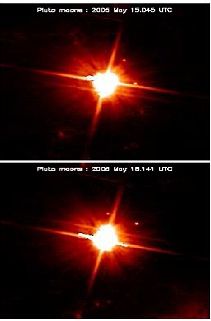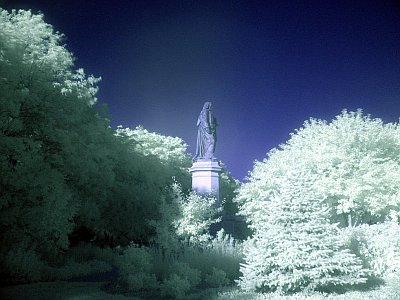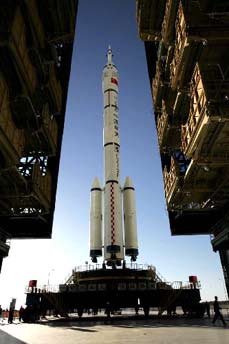What a piece of alarmist drivel. ABC Primetime "exposed" the security of university teaching and research reactors.
"Oh my god! Tours of reactors without background checks!"
"40kg of highly-enriched weapons-grade uranium in the reactor--without security!"
It might be 40kg, but it's sitting in rods with so highly radioactive nuclides it would kill them in a second. No one could handle it at all, and could never actually process it to get the uranium out.
"Big backpacks on campus--they could be full of books--I mean bombs!"
"Building plans on-line! of buildings on campus!" Wouldn't want students to find where their classes were or anything.
"Two nuclear bombs worth of uranium--to make topazes more blue." Yes, again, completely untouchable uranium.
Yes, journalism students looking like, I don't know, students, got tours of university facilities. God forbid!
Universities are places far removed from the insanity that is the paranoia filled United States of today. They allow for actual learning free from irrational thought.
MIT got boned because ABC drove a moving truck near the containment vessel and then followed the clip with a shot of the Oklahama City Bombing. It's a frickin' containment vessel made of inches thick steel and feet of concrete. It can't be broken.
Did ABC show ANY ANY nuclear engineers on camera? Just the NRC head, who knew how to deal with media--apologize and promise to tighten things up. Ask an engineer about a reactor and learn about the safety features. You can't get bomb material from a reactor without industrial processes. Ask the US Government on the square miles of buildings they used to extract plutonium at Hanford.


 Photo from
Photo from